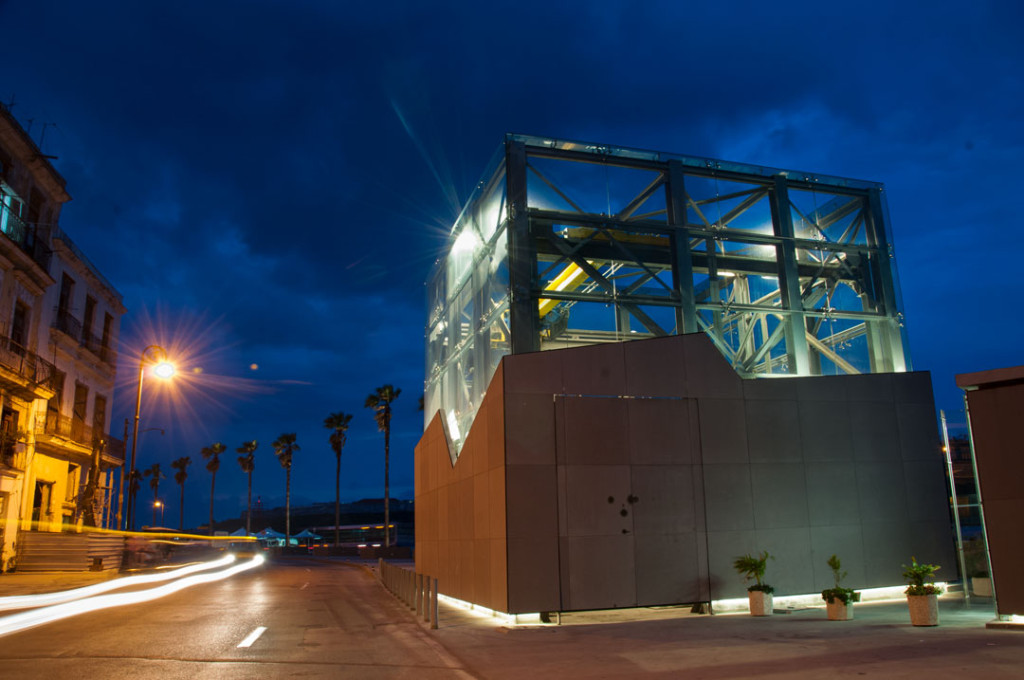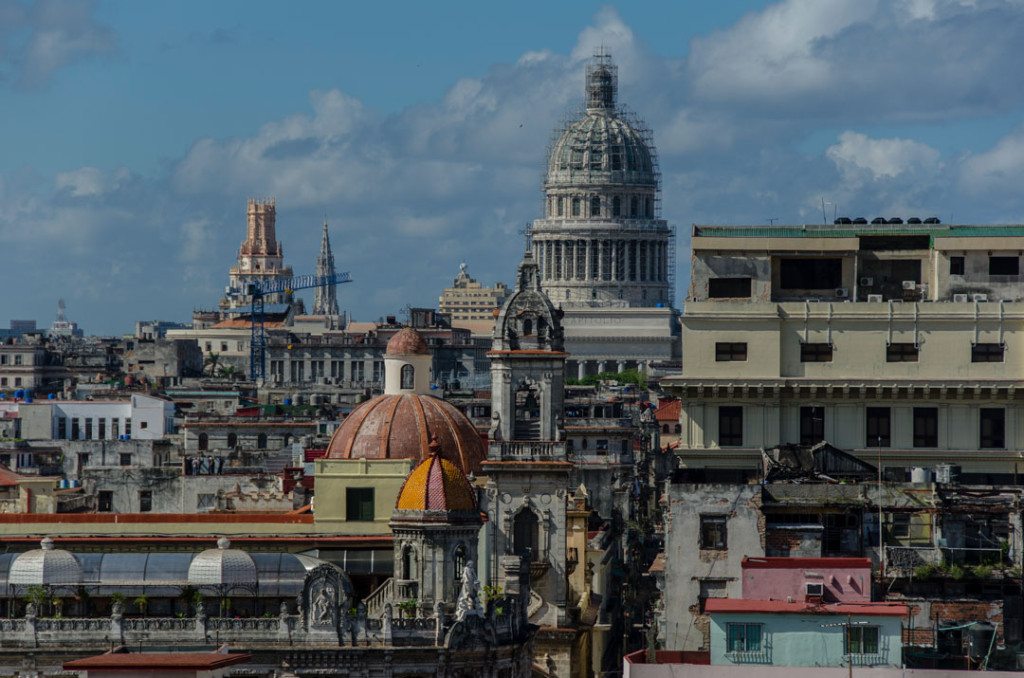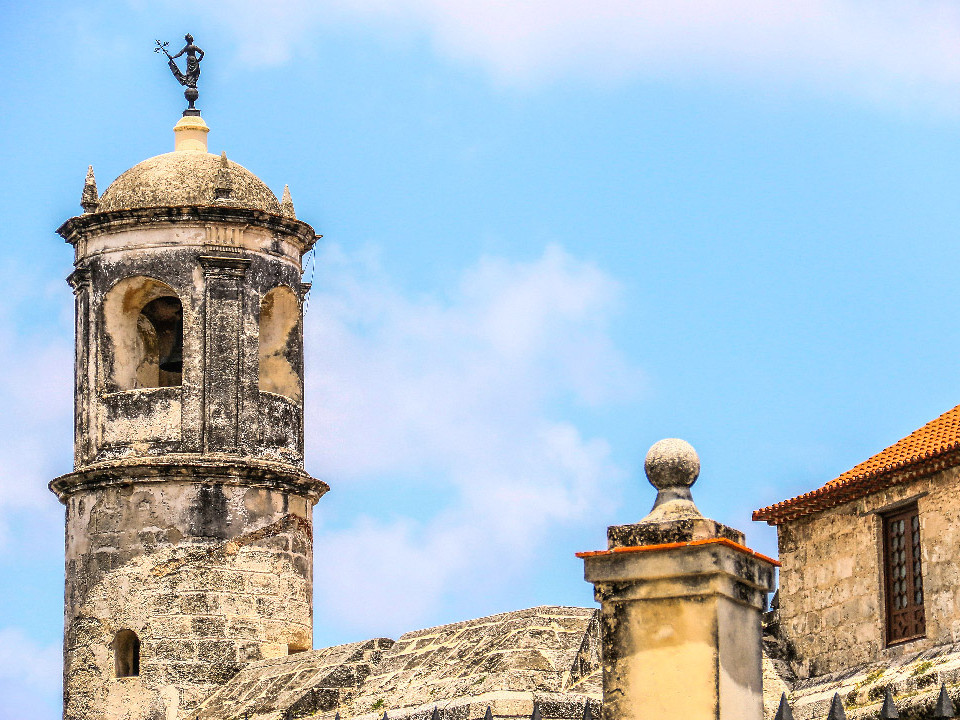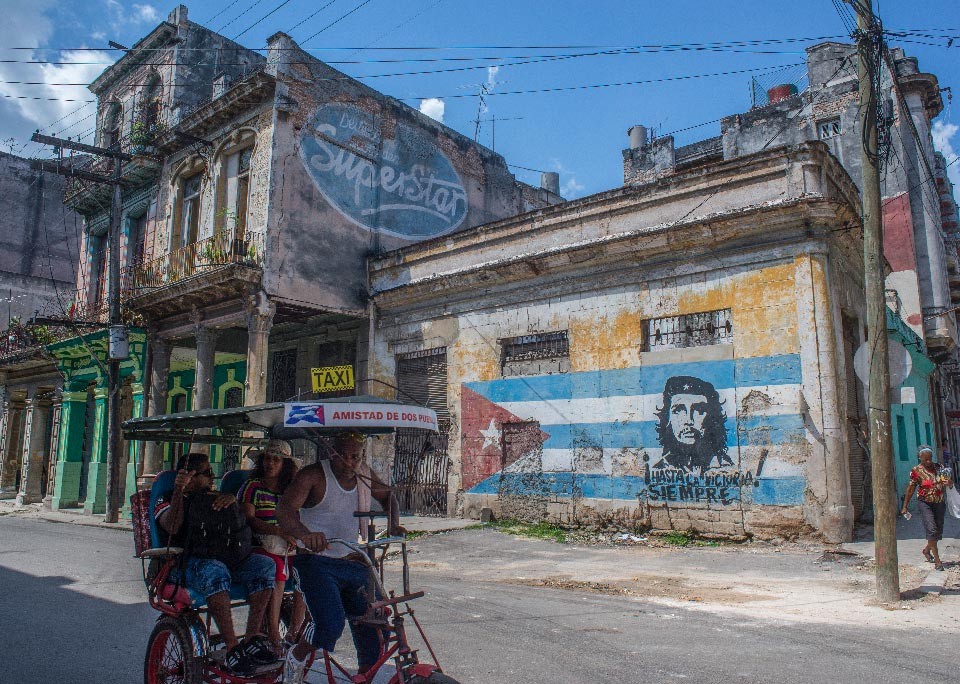THE HAVANA COAST OF THE SO-CALLED TRADITIONAL CITY FORMS A UNIQUE SPACE FOR DIALOGUE WITH THE MARINE ENVIRONMENT OF HAVANA. THE FORMER PUERTO DE CARENAS, A STOCK EXCHANGE BAY WHOSE CONDITIONS GAVE THE CAPITAL OF CUBA THE TITLE OF “KEY OF THE GULF”, BECAME AN IDEAL STARTING POINT FOR THE FLEET OF THE INDIES OR THE SPANISH TREASURE THAT, RICH IN WEALTH, TRAVELED IN CONVOY TOWARDS THE IBERIAN PENINSULA.
Villagers and outsiders attend the resurgence of the maritime splendor of a city whose modernity recreates its aged history at every step. Along the Malecon – a kind of balcony facing the sea -, you can enjoy the nautical itinerary to Old Havana where the restorative work undertaken by the Office of the Historian, re-functionalizes the old area and gives high tourist and cultural value to Public spaces
With the transfer 45 kilometers west of Havana of the port-industrial activity planned for the special development zone of the Mariel mega-port, the leisure, recreation, nautical and commercial activity centers will flood the coastal area.
Upon entering the Historic Center, a kind of gigantic metal and glass cube surprises the visitor, in contemporary contrast with the colonial environment. “The most hidden of the engineering works and perhaps the most unknown of the seven wonders” of Cuban engineering, according to the historian Yamira RodrÃguez Marcano, was inaugurated in 1912 in order to filter the city’s masonry waste and make them drain beyond Havana’s bag bay, in Atlantic waters. The masking of the sewer grate chamber is an unprecedented work in Cuba from an aesthetic and formal point of view.


A tree-lined pedestrian walkway allows us to access that architectural jewel that invites you to enjoy a superior view of the sanitation process. At the end of the afternoon, a distinctive light box already becomes of the capital’s nightlife, as well as the Morro lighthouse.
The port life for more than a century endowed the Havana bay with strong breakwaters and piers that last until today given its resistant structures. The old Warehouses of San José Warehouse, whose metal framework can be compared to that of the Eiffel Tower, but lying on the ground, have been restored and are today the scene where dozens of artisans and artisans exhibit and sell their Cuban products, high souvenirs Quality well coveted by outsiders visiting Havana.
To collect the wood and tobacco before leaving for the old continent, another immense steel ship emerged that has become one of the most attractive offers facing the port. Recovered, it has a beer factory with Austrian technology inside, to produce ten hectoliters of the refreshing drink daily. 500 consumers can meet their gastronomic demands and the fresh product that tempers the heats of the tropical climate. At the same time, the wide gastronomic offer of typical recipes such as the great pork chop with beer and the grilling of seafood, completes the set of this kind of hostel where you can enjoy the seafaring city in all its splendor.
The Resuscitation Project of the Havana Port Avenue, which the Office of the Historian conducts, received the “Gubbio†award in 2009. It is concentrated on Avenida del Puerto, on the strip from the Cavalry Dock to the aforementioned San José Warehouses, where old Customs buildings and the Emboque de Luz were located. The cruise terminals, the departure points of the boats that cross to the other side of the city, the open spaces to the bay and a variety of floating breakwaters where the environment with local art will be animated, grant that area of the city an irresistible charm, in that perennial dialogue between tradition and modernity.
The axis of Avenida del Puerto takes us at one point towards Prado Street. Its tree-lined promenade of lions, with its bright granites and ancient luminaries, is a luxury for Havana. The sea breeze induces the pedestrian to travel a path full of restaurants, old houses inhabited and in use as hostels, high standard hotels And if you go a little further, after enjoying the charms of the old England hotel and the Great Theater of La Havana “Alicia Alonso”, the headquarters of the National Ballet of Cuba, is presented before our astonished eyes the scaffolding dome of the National Capitol (1929), where burnished bronzes are shining, the decoration in plasterwork appears with all its beauty and polish the chaplaincy stones that make up walls and decorations. The coming and going of builders and restorative masters announces the future reopening of the emblematic building. Visitors on all marbled floors will visit visitors from all over the world, admired by the pawn of pictorial works, sculptures, original lamps, annexed clocks marking modern time.







